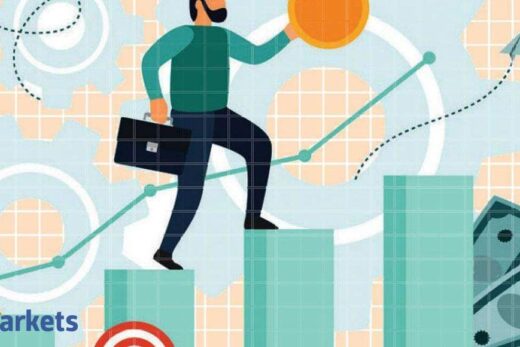“Inflation is set to rebound to 6 per cent in early 2022, converging with elevated core inflation… we expect higher prices of food, core commodities and services to lead to a convergence of headline and core inflation at ~6 per cent over the next six months. We expect headline inflation to average 5.5 per cent YoY in 2022, from 5 per cent in 2021,” economists from Nomura wrote.
Data released after trading hours on Friday showed that India’s headline retail inflation was at 4.48 per cent in October, marginally higher than 4.35 per cent in September.
According to the Monetary Policy Committee’s official mandate, the rate-setting panel is supposed to keep inflation in a band of 2-6 per cent, with the medium-term target being 4 per cent.
In a worrying sign for policymakers on Mint Street, Nomura flagged inflationary risks emanating from sources other than vegetable prices.
“…excluding vegetables, food prices rose by 0.49 per cent MoM from 0.25 per cent in October, cumulatively rising by around 5.8 pp so far in the year (Jan-Oct)–lower than last year, but higher than historical levels. In particular, this was led by sugar (1.8 per cent MoM, sa), oils & fats (1.3 per cent), pulses (0.7 per cent) and cereals (0.55 per cent), while egg and fruits prices contracted over the month.”
In almost the same words used recently by Reserve Bank of India Governor Shaktikanta Das, Nomura said that sticky core inflation is a policy challenge in the coming months.
“We maintain our baseline view of a 40 bps (basis points) reverse repo rate hike at the December meeting, with some risk that it is delivered in two steps (December and February), a change in stance and repo rate hike (starting in Q1 2022), with 75 bps of cumulative rate hikes in 2022,” it said.
Another factor flagged by Nomura was the unfavourable combination of strong demand and supply-side disruptions.
The supply-side weakness is expected to sustain despite indicators of demand revival, Nomura said.
The brokerage agreed with the RBI’s prediction of 9.5 per cent GDP growth in 2022 but warned of downside risks in the last quarter and the next calendar year on account of supply bottlenecks and high inflation.



